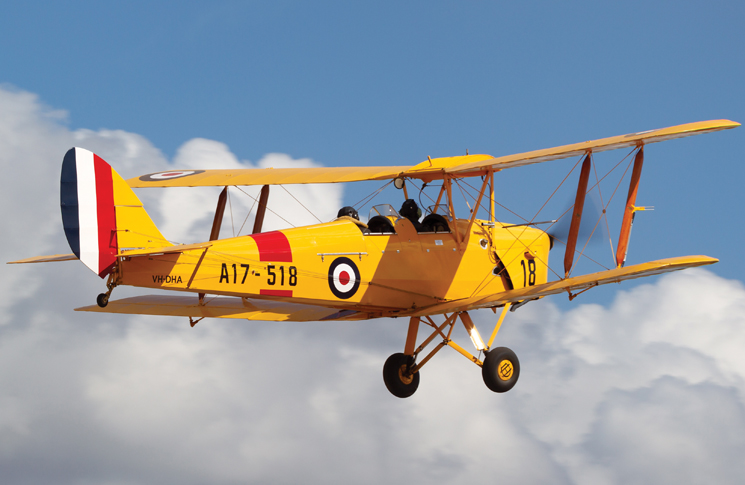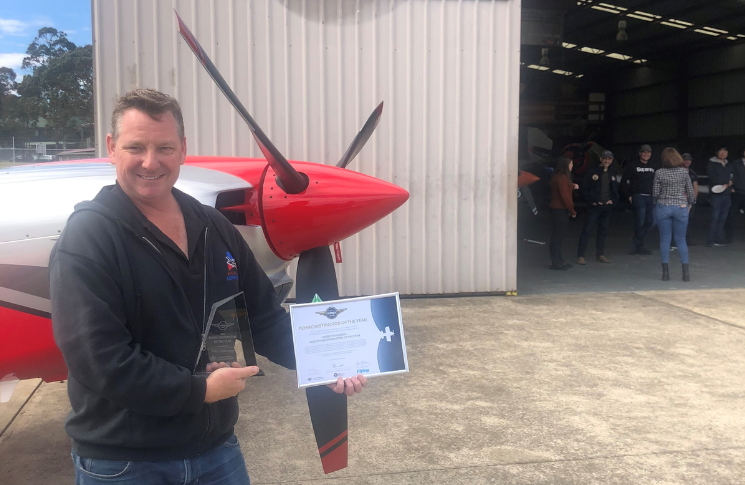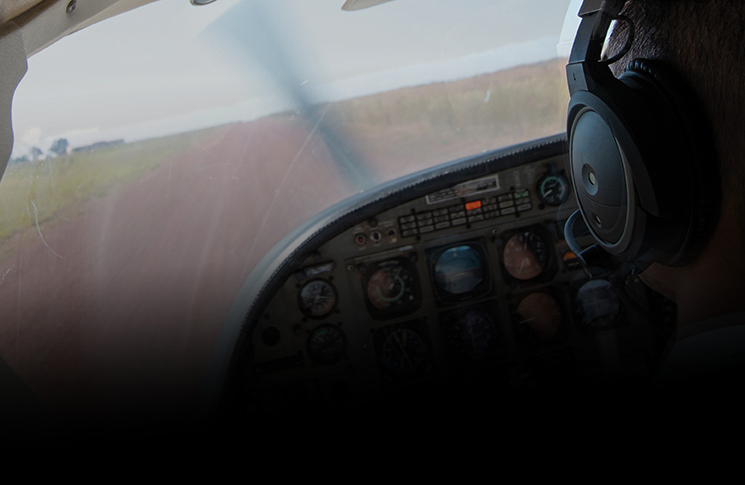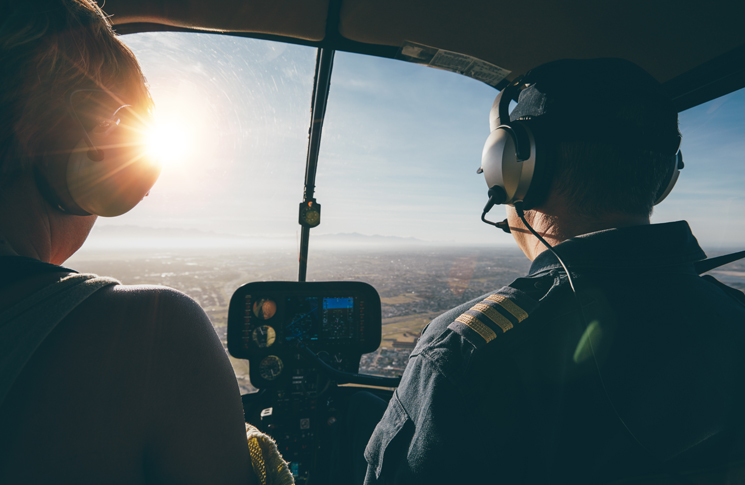John Laming remembers some of those who taught him to fly, and shudders
Few pilots, professional or amateur, forget the good instructors with whom they have flown. These instructors will usually be remembered with everlasting affection.
Conversely, instructors who denigrated your best efforts and destroyed your self confidence, are invariably remembered with cold contempt.
I was fortunate to have kind and gentle flying instructors in the vital formative hours of ab initio training on Tiger Moths. More than 70 years on, I still remember the quiet, well mannered gentleman who sent me off on my first solo after 7.5 hours. His name was Bill Burns, the flight safety manager of Qantas. Bill had been a squadron leader in the Royal Australian Air Force during the War and he encouraged me to apply for the RAAF.
In 1952 I struck gold, this time with my first RAAF instructor, Flight Sergeant Vernon Jackson (later Group Captain), who patiently taught me how to navigate, do safe crosswind landings without ground looping and barrel roll around clouds. When I hammer headed out of botched stall turns or held off too high, his quiet admonishment was given with humour and tact and I was grateful for this.
At the start of advanced flying training at the RAAF base at Point Cook, I was rostered to fly with Squadron Leader Caryl Noble, affectionately known as Nobby Noble. Nobby was a decorated Mustang pilot who had fought against the Luftwaffe in Europe and had just returned from the Korean War.
Not only was this my first flight at Point Cook, but the first time I had landed on a runway – all my previous flying being on grass aerodromes. It was a cold windy winter day and Nobby asked me to start the session with a circuit and crosswind landing. At that stage I had around 140 hours in my logbook, shared between Tiger Moths and Wirraways.
With the wind at 15 knots across the runway, I felt it would be a downright disaster in the Wirraway, which was a vicious swinging beast even in calm weather. I timorously asked Nobby to demonstrate the landing as I was unfamiliar with runway operations. Landing from the back seat of a Wirraway in any crosswind was almost Air Force Cross material, but Nobby did not hesitate.
To his dismay, Nobby held off too high and the left wing stalled. There was a clash of wingtip on runway. Thanks to his quick footwork on the rudder pedals, we were fortunate not to ground loop. As we taxied towards the tarmac with the left wingtip bent upwards, Nobby said cheerfully, ‘You were right, Laming, the wind was a bit too strong’.
It was my first lesson that good humour in an instructor is a priceless asset.
Over the years I was to meet several instructor pilots, both civil and military, who are listed in my little black book entitled, Bastards That I Have Known. These personalities probably exist in every workplace and, in aviation, have caused careers to be ruined and many sleepless nights of self-doubt.
There will always be instructors – in airlines and general aviation – who change the colours of their stripes once the aircraft doors are closed.
After Nobby Noble, came the first of the bad. Sufficient to say that this instructor had a reputation as a screamer. The term Stockholm Syndrome had not yet been coined when I flew with this fellow, but I was shocked to find myself feeling absurdly grateful when I received a gruff, ‘Not a bad landing, Laming’, after continuous verbal battering in the air.
His first name was Ted and he wore an iron-grey moustache, walked with a cocky gait and shouted orders like an Army sergeant major. Ted had spent most of the war years as a flying instructor – God knows how many young trainee pilots he had scrubbed.
He certainly had me terrified and, in later years when I too became a qualified flying instructor, it was through him I learnt how not to instruct.
I had long left the RAAF for airline flying when I happened across Ted at the bar of a military club in Melbourne. He had since retired and was now a lonely old man who used the club as his home away from home.
We all thrive on encouragement to do our best and a kind word instead of carping criticism can do wonders.
Not knowing my face, he looked at me through rheumy eyes, shook my hand and said in slurred tones, ‘Nice to meet you, my lad, and tell me – was I a good instructor?’
For a nanosecond I was tempted to tell the truth. But that would have been boorish. Instead, I told him a little white lie. ‘Sir, you were the best,’ I said. His face lit up and he seemed happy with my reply and I never saw him again.
But apart from the occasional bad instructor, I don’t recall suffering under screaming skulls during my time in the RAAF. Military rank structure helped in this regard. An instructor who was a flight lieutenant, training a senior officer was respectful of their rank. It would be unheard of for them to denigrate a higher rank with, ‘WTF are you trying to do – kill us both, sir?’
In contrast, it was in airline and simulator cockpits where I found check captain arrogance occasionally existed. Others may disagree and say these may have existed in the old days but not now when company checks and balances are in place. It would be nice to think so, but that was not my experience over several decades.
There will always be instructors – in airlines and general aviation – who change the colours of their stripes once the aircraft doors are closed. All the human factors’ training courses in the world make little difference to these people. Simulators especially are jokingly called ‘horror boxes’ for good reason. In the worst case, careers can be wrecked by check pilots who should never have held the privilege.
We all thrive on encouragement to do our best and a kind word instead of carping criticism can do wonders. Even a little white lie can help in this regard.
There is a proverb, ‘People will forget what you said, people will forget what you did, but people will never forget how you made them feel’. All instructors should remember that.






Comments are closed.